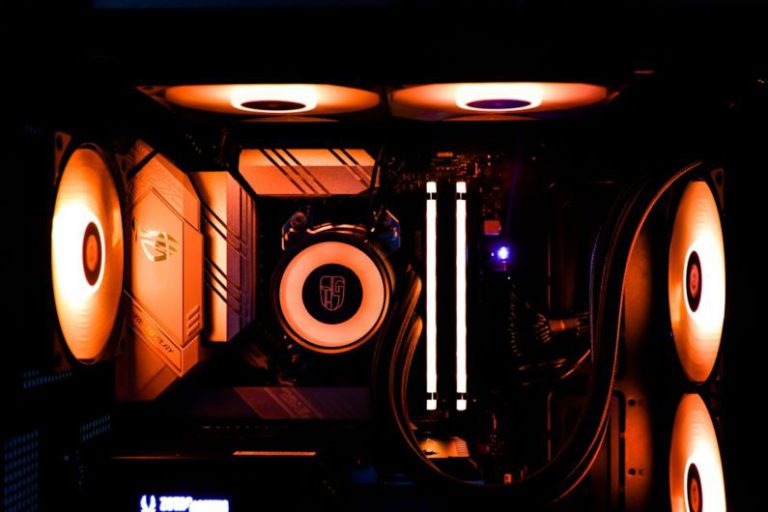How Do I Know If My Pc Is Vr-ready?
Virtual reality (VR) technology has revolutionized the way we experience digital content. From immersive gaming to interactive simulations, VR offers a whole new dimension of entertainment and engagement. If you’re considering diving into the world of VR, one crucial question to ask is, “Is my PC VR-ready?” Ensuring your computer meets the necessary requirements is essential to enjoy a smooth and seamless VR experience. In this article, we will explore the key factors that determine whether your PC is ready for VR.
Hardware Requirements
The first step in determining if your PC is VR-ready is to check its hardware specifications. VR applications are highly demanding in terms of performance, requiring powerful components to deliver a lag-free experience. The two most critical hardware components for VR compatibility are the graphics card (GPU) and the central processing unit (CPU).
Graphics Card: The GPU is arguably the most crucial element for VR performance. VR applications rely heavily on the GPU to render high-resolution graphics in real-time. To ensure your PC is VR-ready, you should have a graphics card that meets the recommended specifications of the VR headset you intend to use. High-end GPUs from manufacturers like NVIDIA and AMD are typically recommended for a smooth VR experience.
Central Processing Unit: The CPU is another essential component that affects VR performance. VR applications require significant processing power to handle complex calculations and simulations. A modern multi-core CPU, such as those from Intel’s Core i5 or i7 series, is generally recommended for VR gaming and other applications.
RAM and Storage: In addition to the GPU and CPU, having an adequate amount of RAM and storage is crucial for VR applications. Most VR headsets recommend a minimum of 8GB of RAM to ensure smooth performance. Additionally, having sufficient storage space for VR games and applications is essential to prevent performance bottlenecks.
Connectivity and Ports
Apart from the internal hardware components, the connectivity and ports on your PC also play a significant role in determining its VR compatibility. Most VR headsets require a high-speed connection to your PC to deliver a lag-free experience. Ensure that your PC has the necessary ports, such as HDMI or DisplayPort, to connect to the VR headset. Additionally, having multiple USB ports for connecting peripherals like motion controllers is essential for a complete VR setup.
Software and Drivers
Having the right hardware is only half the battle when it comes to VR readiness. Ensuring that your PC’s software and drivers are up to date is crucial for a seamless VR experience. VR applications often require the latest graphics drivers to function correctly. Make sure to regularly update your GPU drivers to ensure compatibility with the latest VR software and games.
Performance Benchmarks
If you’re still unsure whether your PC is VR-ready, you can use performance benchmarks to assess its capabilities. There are several VR performance testing tools available online that can evaluate your PC’s hardware and provide recommendations based on the results. Running a benchmark test can give you a clear idea of whether your PC meets the minimum requirements for VR applications.
Testing with a VR Headset
The most definitive way to determine if your PC is VR-ready is to test it with an actual VR headset. Most VR headset manufacturers provide compatibility tools that can assess your PC’s hardware and software to ensure it meets the necessary requirements. By connecting a VR headset to your PC and running the compatibility check, you can quickly identify any potential issues that may impact your VR experience.
In conclusion,
Ensuring your PC is VR-ready involves a combination of hardware, connectivity, software, and performance testing. By checking your PC’s specifications, connectivity options, software updates, and running performance benchmarks, you can determine if your computer is capable of handling VR applications. Remember that a smooth and enjoyable VR experience hinges on having the right hardware and software components, so take the time to assess your PC’s readiness before diving into the world of virtual reality.






